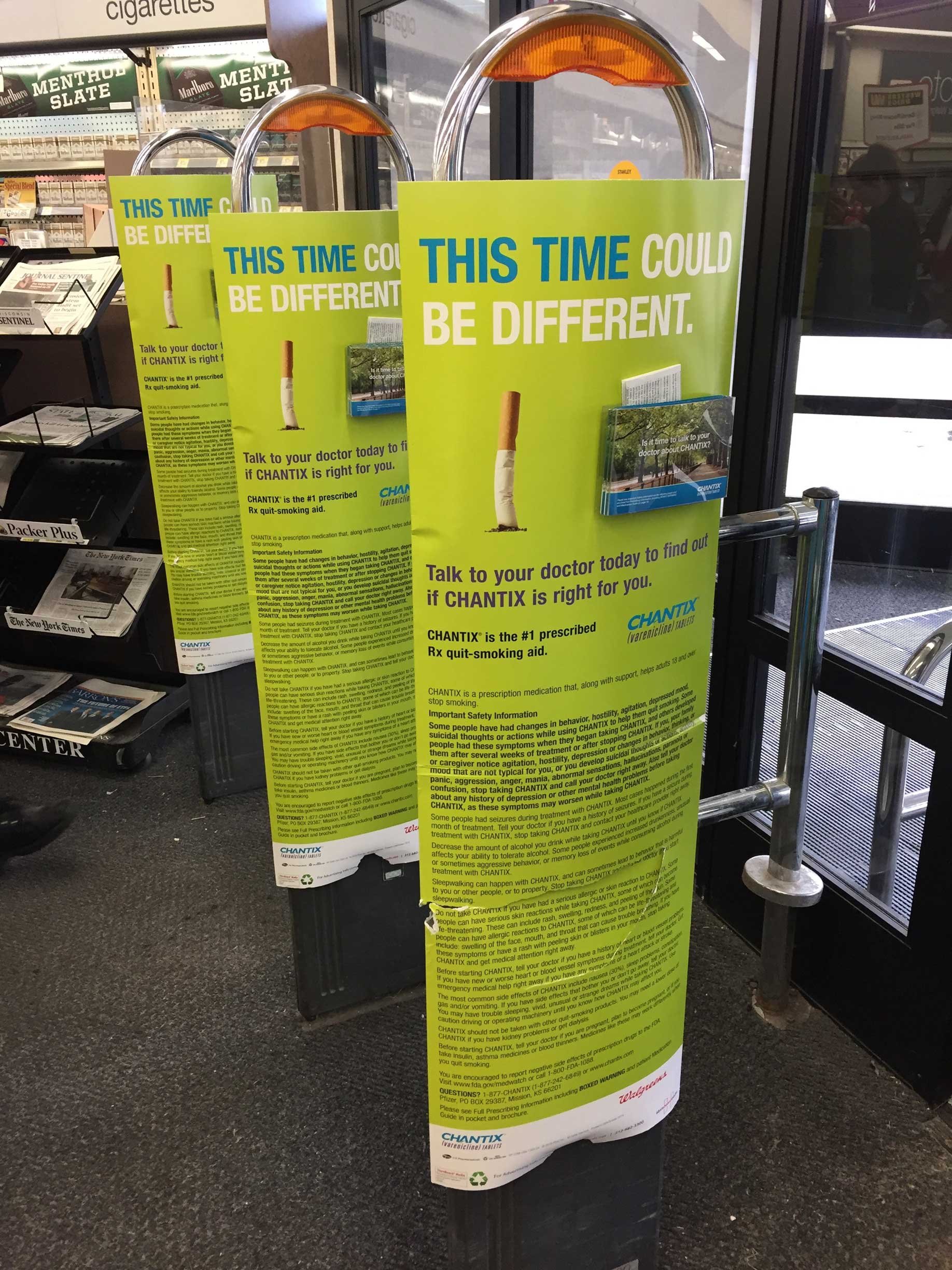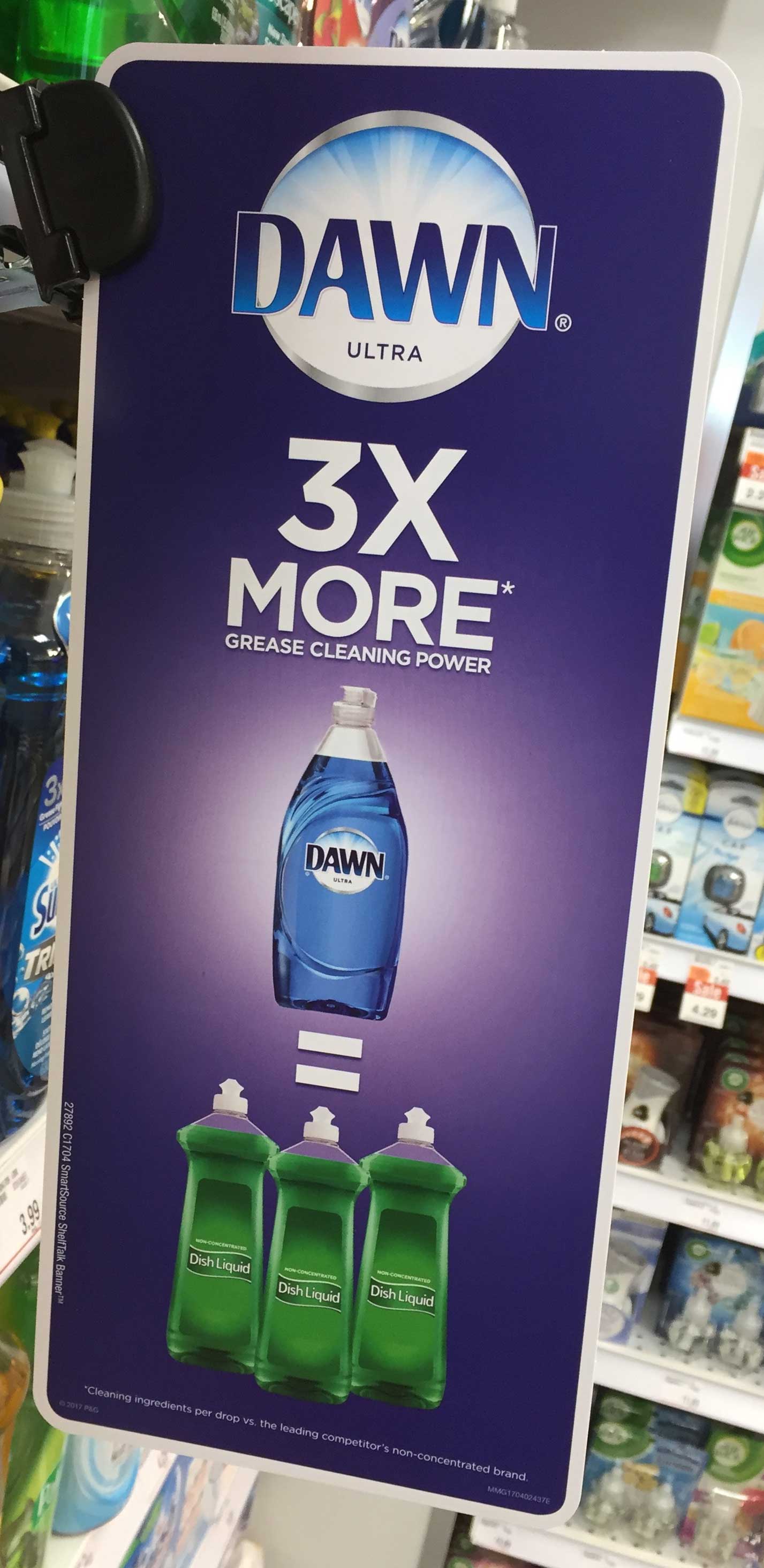The in-store environment has always been important. For most categories, research has routinely shown that many purchase decisions are made in-store. Effective in-store communication focuses on what the shopper needs to know, to nudge their behavior and convert them into a buyer. It does not focus on multiple messages or extensive brand communication.
So why hasn’t in-store messaging received more attention? Traditionally marketers have tended to focus on sales data to get feedback about features, pricing and displays and its effect on volume and share. Thus, in-store communications have largely been overlooked. Also, up until now, building brand awareness took priority and very little emphasis was placed on the “path to purchase.” Finally, a lack of tools to measure the effectiveness in-store communication meant that there was no definitive way to track its impact over time. Explorer has worked with clients to optimize their in-store communication through the use of “Nudges” that translate into sales results.
In order to effectively shape behavior in-store, it’s important to realize that in-store communication is very different than TV, online and print advertising. How?
- In-store communication is not linear like TV where ads are presented sequentially. Hundreds of messages are competing for shopper’s attention all at the same time.
- In-store communications can be delivered in multiple ways. The same message to the same shopper on the same shopping trip can be delivered using packaging, in-store video, displays, etc.
- In-store messaging is not solely about equity messaging and building brand awareness (in fact, it rarely is). It’s about delivering the most appropriate message on the last stop in the path to purchase.
Perhaps the biggest mistake marketers make with in-store messaging is trying to say too much. The majority of shoppers do not have time to process every message, story and visual. Eye tracking studies have shown that shopper’s eyes typically focus on a message for less than a second before going on to the next thing that catches their eye. Anything too complicated is likely to get ignored unless it’s relevant to the shopper. (Here’s an example I recently saw in-store. See example below)

(this message is too complicated for shoppers entering or exiting the store)
It’s most likely that each shopper knows something about a brand but what’s important is to figure out what they do not know about your brand that they should know in order to convert them into a buyer. Take the Dawn ad by P&G below for instance. It’s clear to see who P&G is targeting and what they are trying to do. Their biggest competitor is significantly cheaper so they are trying to get shoppers for the competitor brand to buy Dawn. They know that price is the biggest barrier, but rather than focusing on price alone, they try something else. The communication delivers a powerful message: Dawn has 3 times the grease cleaning power so you can afford to pay up to 3 times as much.

This communication reads, “Dawn Ultra – 3x more grease cleaning power”
By following the Explorer “nudge” approach to shaping shopper behavior you can improve your in-store messaging.
- The first step is to understand what existing behavior you are trying to shape. In P&G’s case they are targeting the competitor shopper who is currently buying their brand based on price.
- In order to effectively nudge, deeply understand why they don’t currently do buy your brand what is the barrier – is it price, quality, etc.? P&G has identified price as the issue.
- Create a focused message that communicates a benefit to these shoppers that answers #2 – don’t confuse the shopper by talking about too many benefits. P&G could have talked about the scent of Dawn dish detergent or the shape of the bottle but instead they decided to talk about shopper benefits. The effectively targeted what is going on in the shopper’s mindset in that moment of truth. Now that’s the way to nudge!
Having great creative is only part of getting in-store messaging right and testing how to nudge behavior. You need to understand the behavior you are targeting, what is the barrier, and what exactly is needed to change their behavior. Once you understand these in the moment of truth you can work towards nudging shopper behavior to drive sales.

